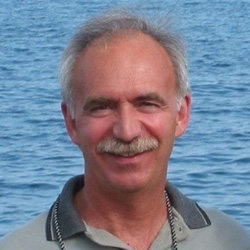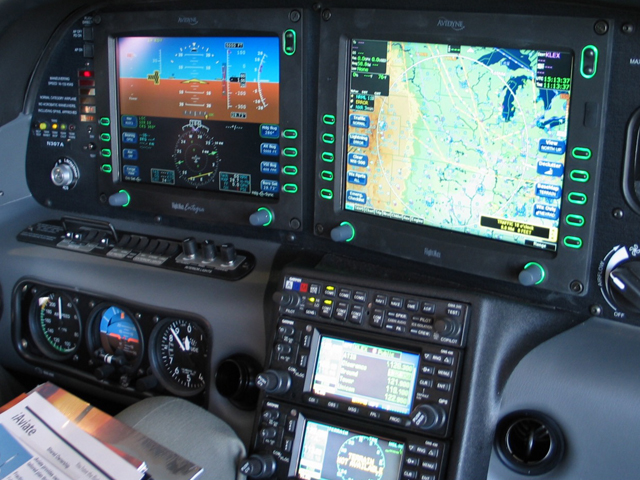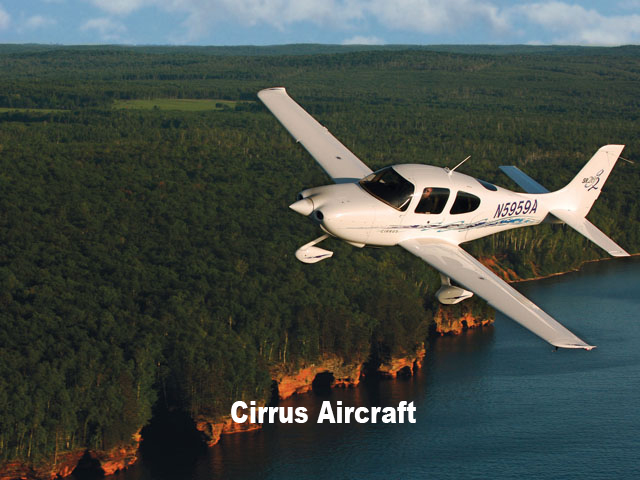
About Me
Brian Turrisi, MD, CFII is a flight instructor who is known for his non-traditional, custom-tailored and student-centered teaching style. Brian's top priority as a safety and flight instructor is for his students to become safe pilots. He identified helping students learn from their mistakes through extensive post-flight debriefing sessions as a key driver to a successful certification process.
Prior to becoming a full time FAA certified flight instructor, Brian can look back at a career that extends close to three decades as a medical doctor, FAA examiner (AME) and lifelong pilot and aviation enthusiast.
After many years of coaching his medical students and patients, Brian realized that there are many similarities between teaching medical students and pilots. Recognizing the need for stress management, critical thinking, split-second decision making and successful incident resolution abilities are just a few examples of critical attributes.
Brian has carefully cultivated a list of teaching tools which he deploys and are the root of a truly unique, rewarding and successful pilot training program.
Brian's vision to create an all-encompassing flight training program has come to fruition over the past years. His near 30-year experience in performing Aviation Medical Examinations (AME), allows him to help pilots through any potential medical issues that may arise in the application of the medical certificate required to obtain a private medical license.
Brian is a member of SAFE and NAFI as well as AOPA and COPA. He owns and flies a Cirrus SR22 as his personal airplane but has trained in many models including Cessna, Beechcraft, Piper and Mooney, in addition to Cirrus.
Brian is based and lives in Hilton Head, SC. When he is not coaching and flying with students, he enjoys participating in COPA (Cirrus Owners and Pilots Association) events, where he's a safety instructor (Platinum CSIP), keynote speaker and trusted advisor on a regular basis.
Brian provides his services out of Hilton Head as well as most other locations with prior notification.
FLYING
You know you want to do it
My Services
"One size fits all flight training approaches are inefficient," explains Brian Turrisi.
Aiming to play a big part in solving this inefficiency, in addition to the core curriculum needed to satisfy FAA standards, Brian offers a full spectrum of customized services on an "as needed" basis. This comprehensive pilot training method ensures that each pilot is trained and each aircraft is operated at the highest level of competency and safety.
"This means understanding each pilot's unique abilities, goals and learning curves," adds Turrisi.
-
Flight Evaluation
• BFRs
• IPCs -
Ground School
• Structured or Self Taught
-
Core Curriculum
• FAA Syllabus
-
Recurring Training
• Rust Removal
• 90 Day or 6 Month Refresher
• Any Other Needed Continued Education
• New Airplane Transition - Platinum CSIP Cirrus transition
• Versed in all avionic platforms -
Inflight Training
• Primary Flight
• Instrument
• Commercial -
Pilot Mentor Program
• Will Help Build Time in Your Aircraft
• AME Consulting

FLYING
It's on your bucket list
FLYING
You won't regret it
A Conversation with the Safety Expert
"You don't just become a safe pilot with time. It is a constant work in progress and you can never be safe enough." —Brian Turrisi
Q: You have been known for decades as someone with a keen insight on safety. Loss of control is the leading cause of general aviation accidents per NTSB and FAA statistics. What tips could you give to help prevent this?
A: There are many potential answers to that question. But one problem I have witnessed recurrently is a pilot's lack of understanding of fundamental aerodynamic principals. This leads to unexpected stalls which, if uncoordinated, lead to spins. If these occur within 1000 feet of the ground, they are virtually all fatal accidents.
This can be prevented by better understanding of the role of the pitch control and rudder in the aircraft. Too often, pilots pay too little attention to the role of the rudder and treat the pitch as a "go up lever" only. Many of these stall/spins occur in turns. The rudder plays a role in an airplane's turn that is unique to any vehicle that only operates on the ground. Coordination of the rudder and aileron is essential in a turn and that does not come from just "looking at the ball". Observing the nose of the aircraft in relation to the direction of bank is crucial to making a properly coordinated turn. The physics of the forces involved in the turning of an aircraft in flight are far different than those in a turn of a motorized vehicle on the ground. Since we usually learn to drive a car first, the law of primacy suggests we will attempt to apply want we learned in a car to that of an airplane. That results in the wrong technique.
Similarly, if we consider the elevator as our "pitch control", it becomes too easy to assume pulling back on the pitch will always result in "going up". It is not that simple as increasing pitch raises the angle of attack of the wing which has significant limitations. Raising that AOA to above, about 15-18 degrees, not only will not make the plane go up any further; it will actually cause the wing to stall. Combined with improper rudder input, you have the recipe for a stall/spin accident.
Teaching with more focus on those basic aerodynamic issues and limitations will hopefully help prevent more loss of control accidents by preparing pilots to be more aware of the consequences of improper control input.
Contact Turrisi Flight Training
To better understand how I can be of service to you, please contact me via any of the following methods:
Phone: 843-785-8352 Cell: 301-461-0589 E-mail: bturrisi@gmail.com
Please include information about your current ratings, total pilot time, what you are flying now and your timeframe to start training.












